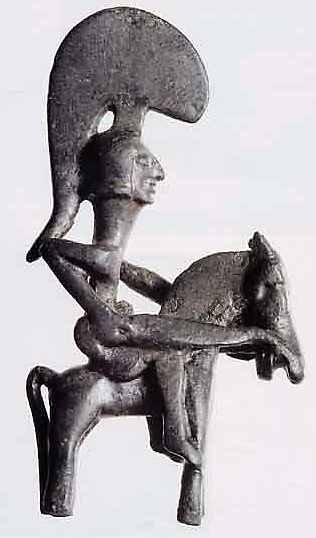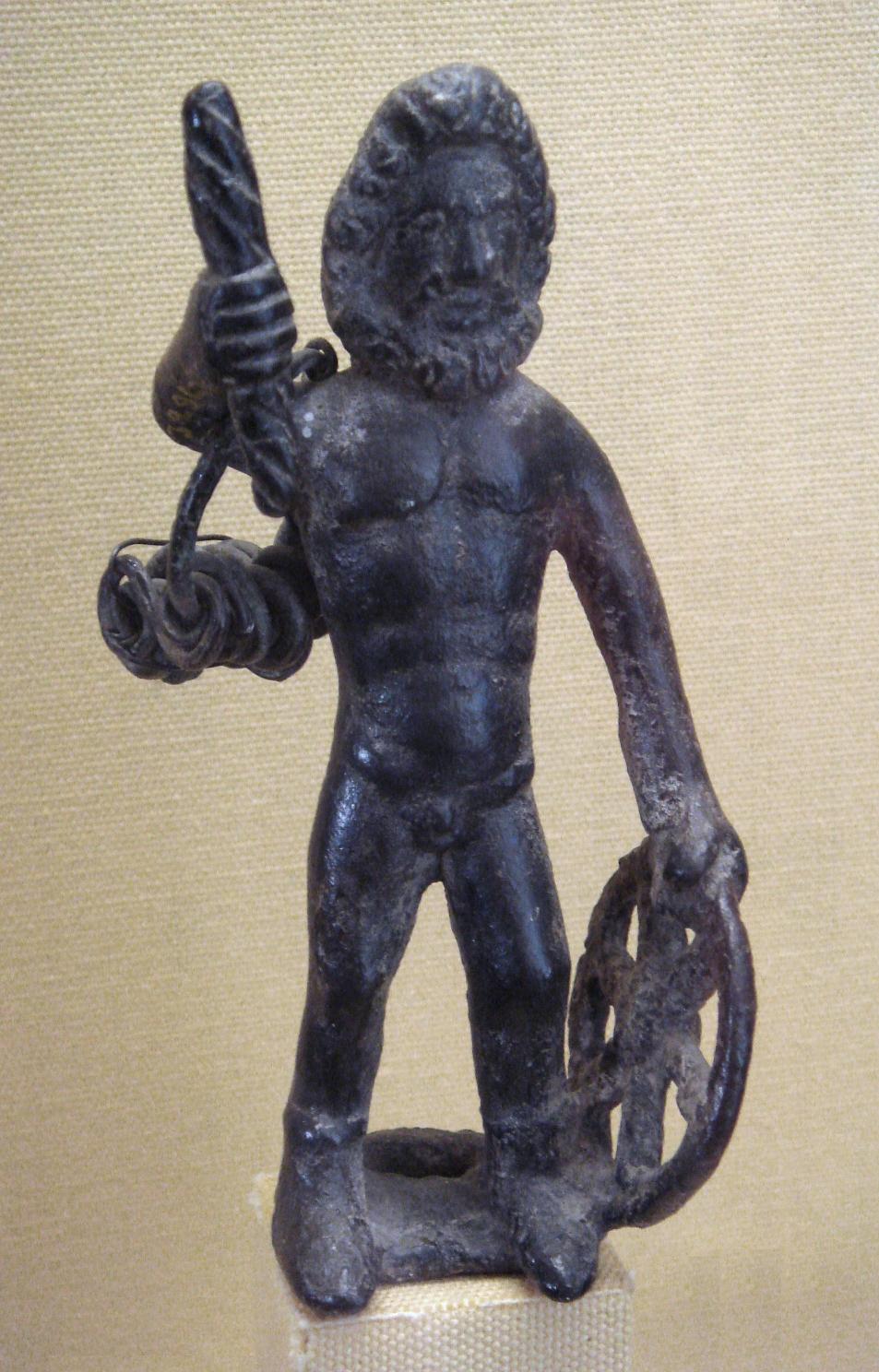When we last left old Gaius Julius Caesar, he had just won Consulship for the year in 59 BCE by a nasty, corrupt election that left no Senator clean, including Caesar's most tireless opponent, the notoriously incorruptible Cato. Marcus Calpurnius Bibulus was elected to serve as the second Consul, but would prove to be an ineffective check against his fellow executive. Supporting Caesar were Crassus, to whom Julius owed his freedom, and Pompey, whom Caesar recruited by promising to support land redistribution, a wedge issue amongst the Senators, and one that Caesar would use to cast the elite into the role of petty oligarchs and himself as the egalitarian savior of Rome.
When Caesar proposed a series of reforms designed to redistribute tracts of land to the poor, Crassus supported it on the Senate floor, while Pompey garrisoned his soldiers inside the city, frightening the moderate Senators into passing the decree. Seeking divine intervention, Bibulus tried to declare foul omens and therefore end the assembly prematurely, but he was chased off by armed supporters of Caesar and a bucket of sewage was thrown onto him as he rushed to his home to remain until the end of his term. The law passed without further delay, and thus was the First Triumvirate born: an alliance of three ambitious and savvy populists who would ultimately turn on each other. Caesar and Bibulus' Consulship was so one-sided that the Romans jokingly referred to the year 59 BCE as the Consulship of Julius and Caesar.
Caesar's father-in-law was elected as Consul during the next term, and it was lucky for Caesar because the Optimate Senators were thirsty for his blood. Instead of being confined to stewardship of a nearby uninhabited forest, Caesar's friends saw to it that he was appointed the governor of Cisalpine Gaul and Illyricum, in northern Italy and just east of the Adriatic Sea. He was given command over four legions and was now prepared to fight his way out of his ever-increasing debt. He made war on some local tribes which had been arming themselves, and made some money from their spoils. His term as governor was made to be five years instead of the usual one, which was lucky because otherwise his debts would have made him a slave, and he would have faced prosecutions for his quasi-legal activities while serving as Consul.
His campaigns in Gaul led him all the way to Britain, which he invaded under the pretense that they had aided a local Gallic tribe against him, a shaky accusation against anyone other than the Britons, who were mostly Gauls themselves and very similar in culture. His first invasion didn't go well and he had to return to the mainland, but he succeeded following season, securing Roman-allied control over the southern portion of the island.
Meanwhile, back in Rome, Caesar's daughter Julia, whom he had married to Pompey to secure his alliance, died during childbirth in 54 BCE. He offered him his niece Octavia, but Pompey eventually refused. Crassus died the next year while trying to invade Parthia in the east. Pompey weighed his options carefully and chose to marry Cornelia, the daughter of Caesar's enemy Quintus Metellus Scipio. In 52 BCE, political violence in the city got so bad that Pompey was declared the sole Consul, an office very different from Dictator because a Consul is answerable for their actions in office while a Dictator is not. While in office, Pompey blocked an attempt by Caesar to serve as Consul in absentia, though this had been allowed in previous years. The Triumvirate was broken and the two men left would now fight over the real prize: Rome itself.
That same year, there was a massive rebellion in Gaul led by Vercingetorix, a charismatic and capable military leader who defeated the Roman legions on more than one occasion during the war. Eventually, the Gallic forces were defeated by superior technology through the extensive siegeworks in place at the Battle of Alesia and Vercingetorix was forced to surrender. I'd like to go into more detail here, but rest assured, there will be coverage of these battles in upcoming Military Mondays.
In 50 BCE, Pompey and the Senate ordered Caesar to lay down arms, disband his troops and return to Rome. Caesar believed that it was a trap; that Pompey, who had now joined his enemies, would lead the way in prosecuting Caesar for crimes real and fabricated. He was probably not far off, for at one point that year Pompey accused Caesar publicly of insubordination and treason. January 10, 49 BCE, Gaius Julius Caesar crossed the Rubicon River with one legion and set off the Civil War. When many of the cities in northern Italy surrendered willingly to the invading legion, Pompey and his Senator allies abandoned Rome and sailed for Greece, taking with them every ship in the harbors of southern Italy. And so Caesar, being unable to chase his quarry, set off to challenge Pompey's lieutenants in Iberia, declaring, “I go to fight an army without a leader, so as later I may fight a leader without an army.”
He swept up the remains of forces loyal to Pompey and the Optimates in Iberia and made passage to Greece, where he would square off against his old ally and former son-in-law. At the Battle of Dyrrachium the next year, Pompey's army, which outnumbered Caesar's own legions at least 3 to 1, easily broke through Caesar's battle lines and his army routed. Caesar himself withdrew, and Pompey probably could have ended the entire war then and there, but his years of alliance with Caesar had taught him to be wary of this crafty populist. He feared a trap, and so did not pursue the enemy legions. Even Caesar remarked later that victory had belonged to his enemies, if only one of them would have claimed it.
His forces resupplied and fought the Battle of Pharsalus, in which they won an impressive and decisive victory for Caesar. The Optimates' power now broken, they fled in all directions, while Pompey sailed to Egypt where he believed he might find refuge. Instead he was assassinated, and his head presented to Caesar by Pharaoh Ptolemy XIII, who believed the gift would win him Caesar's favor. It worked in the opposite, however, and Caesar soon cast his support for Ptolemy's sister, Cleopatra VII, helping her to secure the throne of Egypt before he left. Caesar maintained a close relationship with Cleopatra, and there are historical rumors that they had a secret love child. He could have never married the Egyptian queen, however, as she was not a Roman citizen.
There was still work to be done, so Caesar granted immunity to many of his former enemy Senators, while mopping up the remnants of Pompey's forces, defeating all military opposition by 45 BCE. He had been elected Dictator in 48 and again in 47 BCE. In 46 he was appointed as Dictator for an unprecedented 10-year term, which undoubtedly led to his downfall two years later.
On the 15th of March, 44 BCE, Caesar was attending a session of the Senate. A group of Senators had organized a conspiracy against this perpetual Dictator, calling themselves the Liberatores, or liberators. They lured Caesar into a false state of security by gathering around him to support a bill, and then proceeded to stab him repeatedly until he was dead. As many as 60 Senators participated in the assassination, and declared that Rome was now a free Republic once again.
Ultimately, Caesar's death did nothing to stem the tide of anti-Republican sentiment. In the old days of Rome, citizens were expected to be loyal to the State first, and many of the cautionary fables from the early years involve fathers ordering the executions of their own children if they betrayed the Republic. The shift from Republic to Empire was a gradual one, and as I said last week, Caesar is by no means the first ambitious Senator to have delusions of kingship. However, because the people had come to believe, generation after generation, that the Oligarchical Senators did not have their best interests at heart, they turned to Dictators and Emperors to right the wrongs that their own corrupt and bogged down bureaucracies had either created or failed to counteract. The fall of the Republic, and indeed Caesar's life as a whole, should send shivers down the spine of any government official, elected or otherwise, who fails to care for their citizens.
Pax vobiscum



_01.jpg)

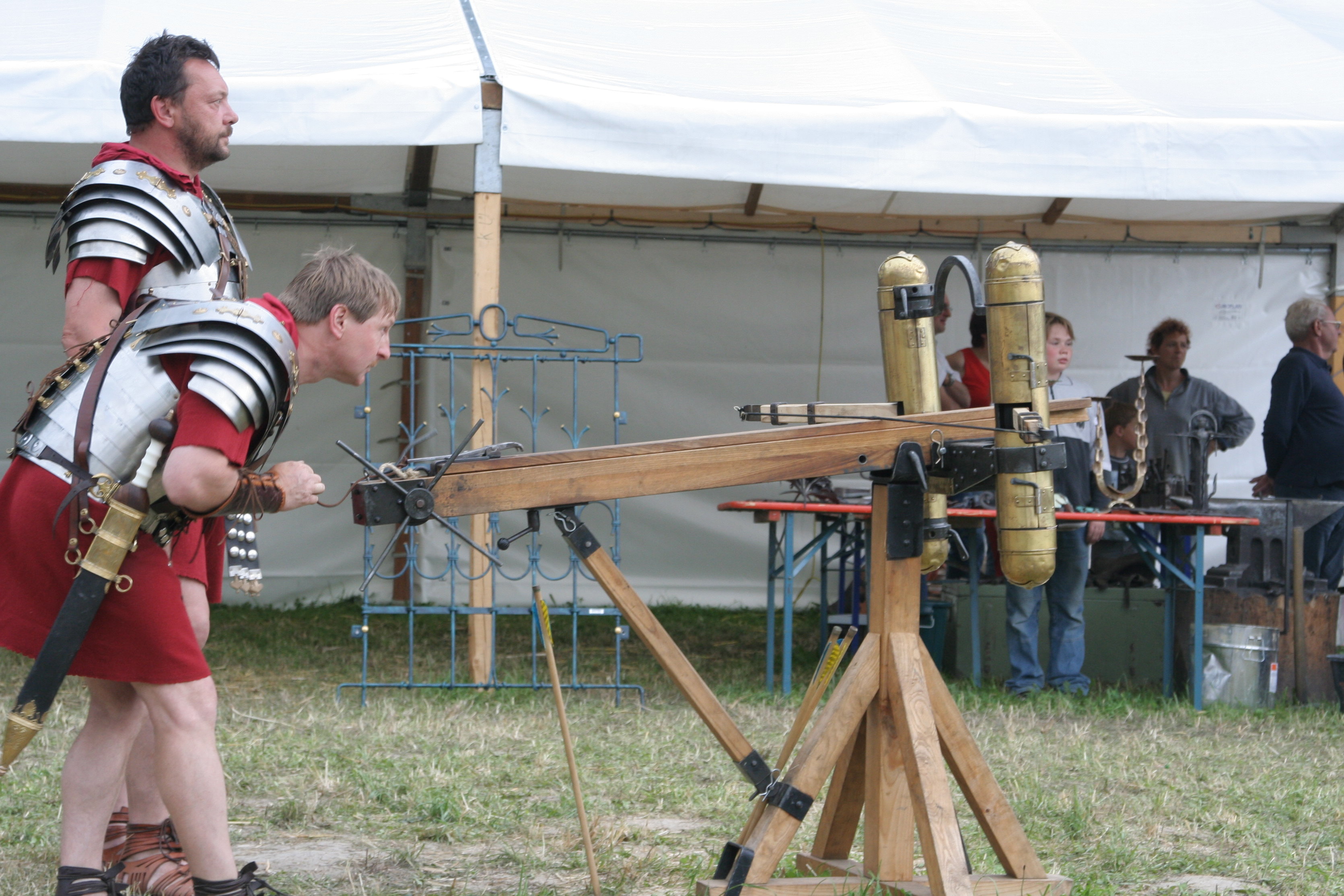

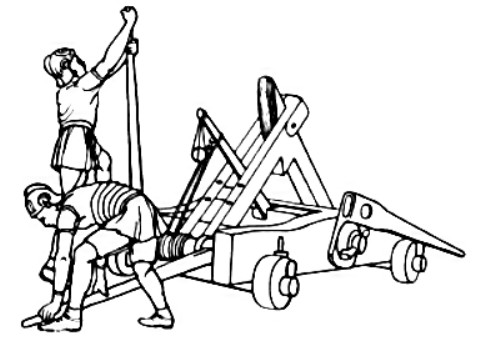

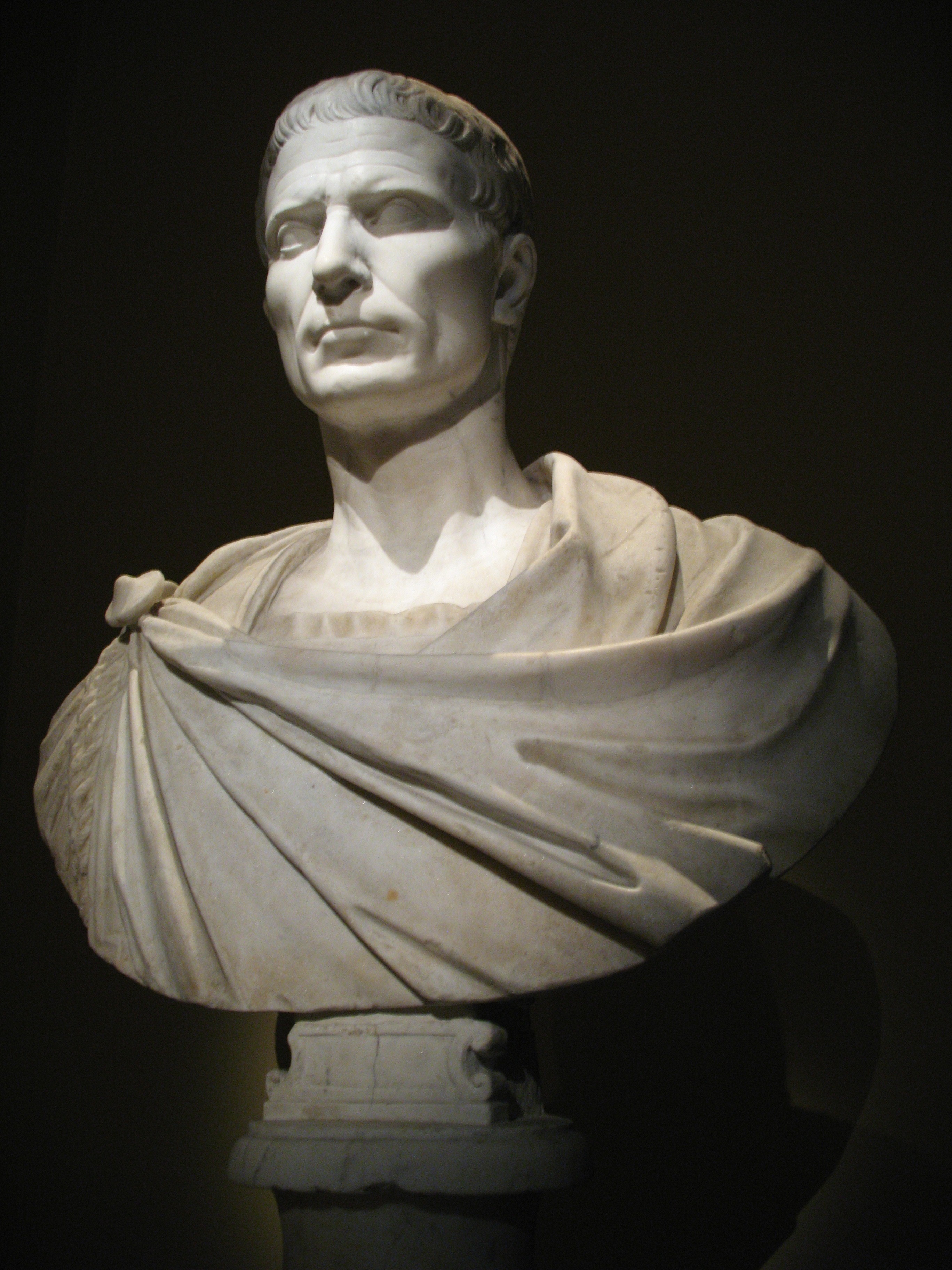
_01.jpg)
-Segunda_Edad_del_Hierro.jpg)
